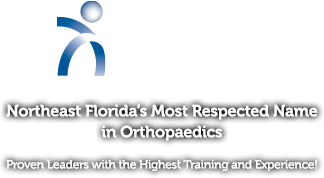Orthopedic Specialist Dr. Bruce Steinberg Uses Advanced Techniques to Treat Shoulder Pain and Perform Rotator Cuff Surgery
By Bruce Steinberg, M.D.
Pain, weakness, clicking and popping in the shoulder area are some of the common symptoms of rotator cuff tears. Tears of the rotator cuff can occur in individuals of all ages.

A single, heavy lifting event is the usual cause for a younger patient (under 40years), while older patients (greater than 60), may injure the rotator cuff with minimal force. As we get older, the rotator cuff may weaken and fray secondary to bone spurs that form within the shoulder (Figure 1).
Once the rotator cuff tear occurs, the muscle pulls on the tendon, retracting it away from its insertion and propagating the tear through the remaining tendon (Figure 2).

Minimally invasive techniques have been developed to repair the rotator cuff and remove bone spurs. A fiberoptic camera is introduced into the shoulder joint through a small puncture (portal). Through a second working portal, the surgeon uses instruments to place anchors into the bone.
Sutures arising from the anchors are weaved through the rotator cuff tendon and special knots are tied that cinch the tendon back to its insertion. Bone spurs within the shoulder are removed with a small bur (Figure 3).

This advanced technique has proven to be an extremely effective option for repairing rotator cuff tears while also minimizing recovery time for patients.


